Leaf Feeders
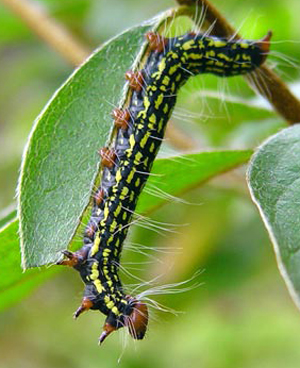
Chris Evans, University of Illinois, Bugwood.org
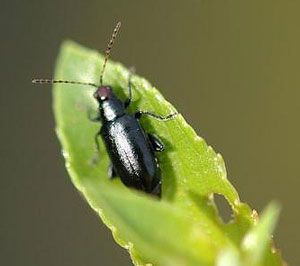
Brian Kunkel, University of Delaware, Bugwood.org
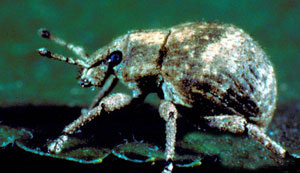
University of Georgia , University of Georgia, Bugwood.org
Sap Feeders
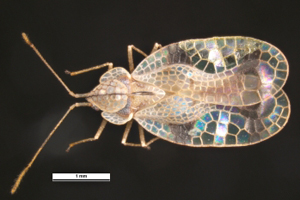
Pest and Diseases Image Library, Bugwood.org
These lace bugs spend the winter as eggs inserted into leaves. The eggs hatch in early spring and the nymphs begin to feed on plant sap. Development from egg to adult takes about 5 weeks. There are several generations each season. Usually, there are only a few insects in the first generation so feeding symptoms are not noticed. Numbers and damage to plants increase to a peak in late summer. When abundant, feeding can make plants unsightly and may cause premature leaf drop.
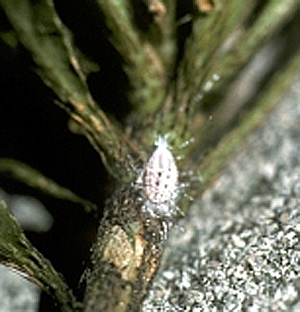
United States National Collection of Scale Insects Photographs,
USDA Agricultural Research Service, Bugwood.org
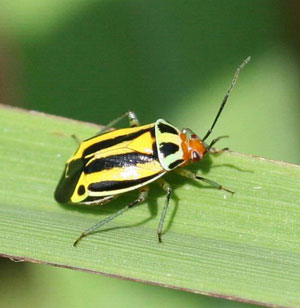
Johnny N. Dell, Bugwood.org
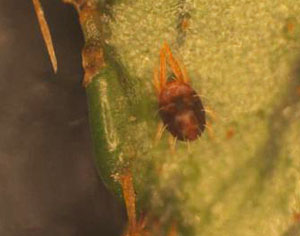
Tracy Wootten, University of Delaware, Bugwood.org
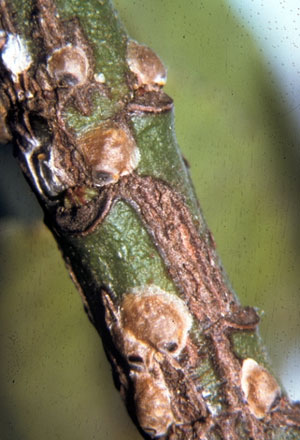
United States National Collection of Scale Insects Photographs , USDA Agricultural Research Service, Bugwood.org
Root Feeders
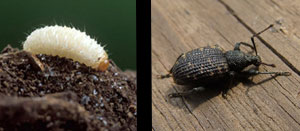
grub: Peggy Greb, USDA Agricultural Research Service, Bugwood.org ;
adult: Cheryl Moorehead, Bugwood.org